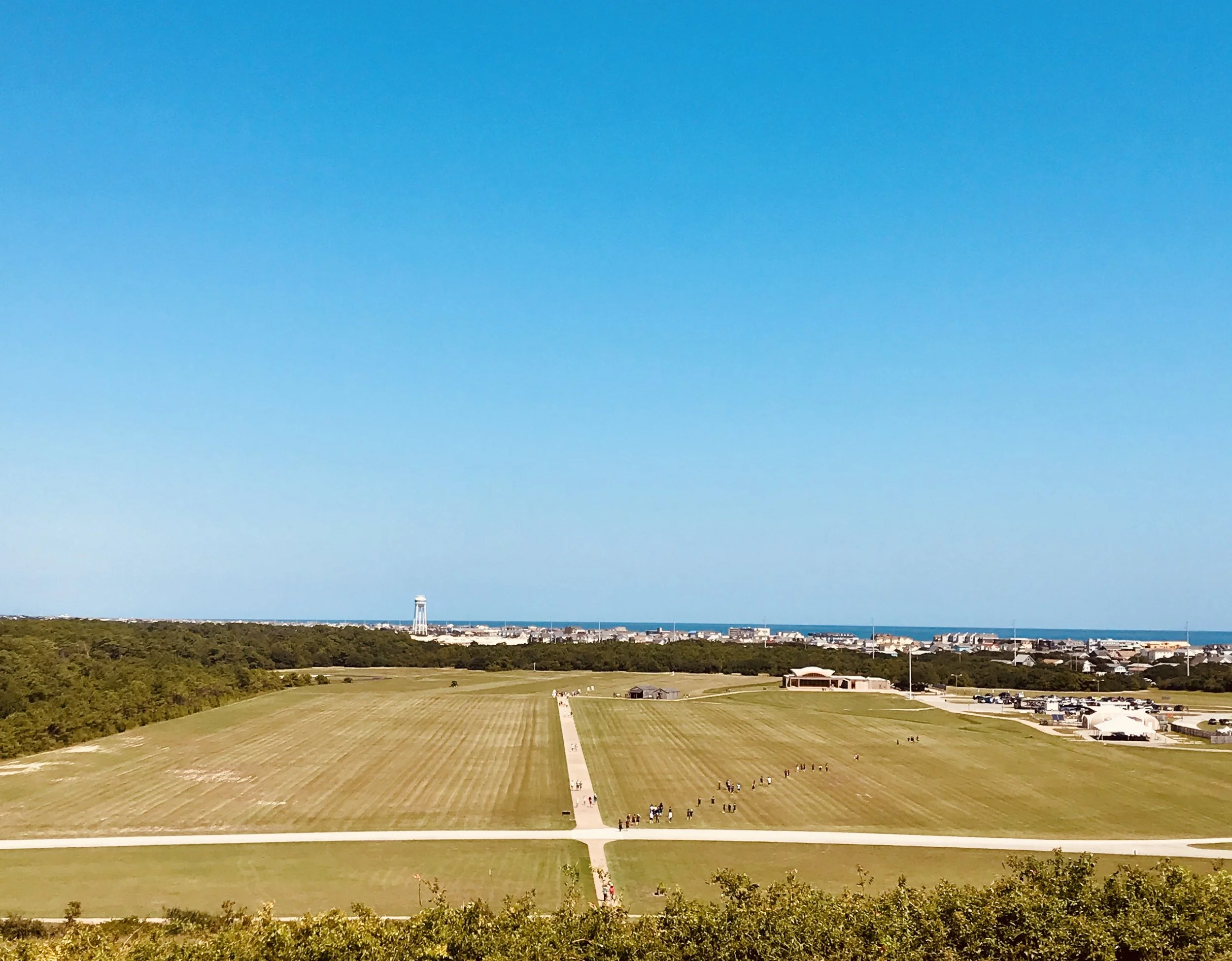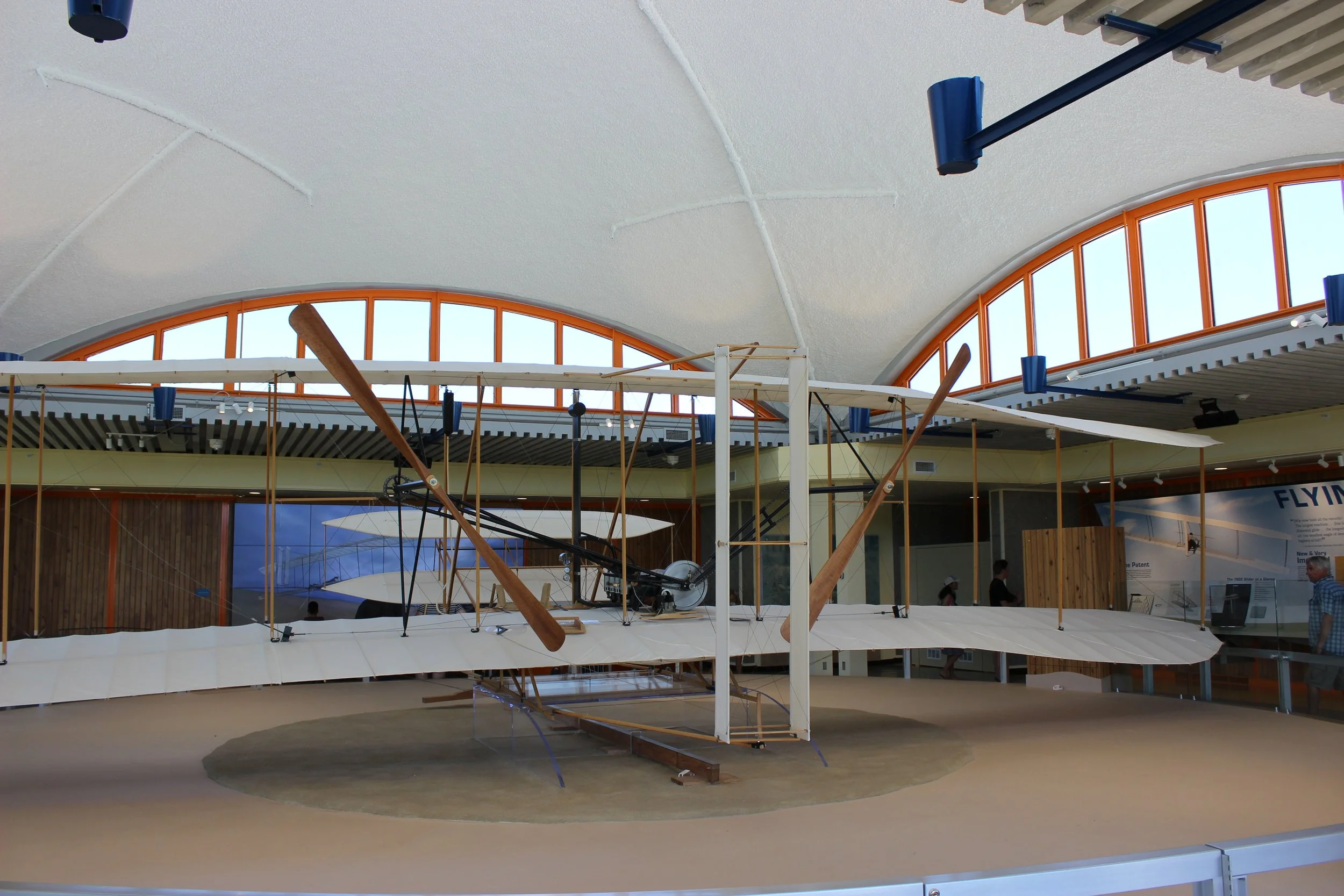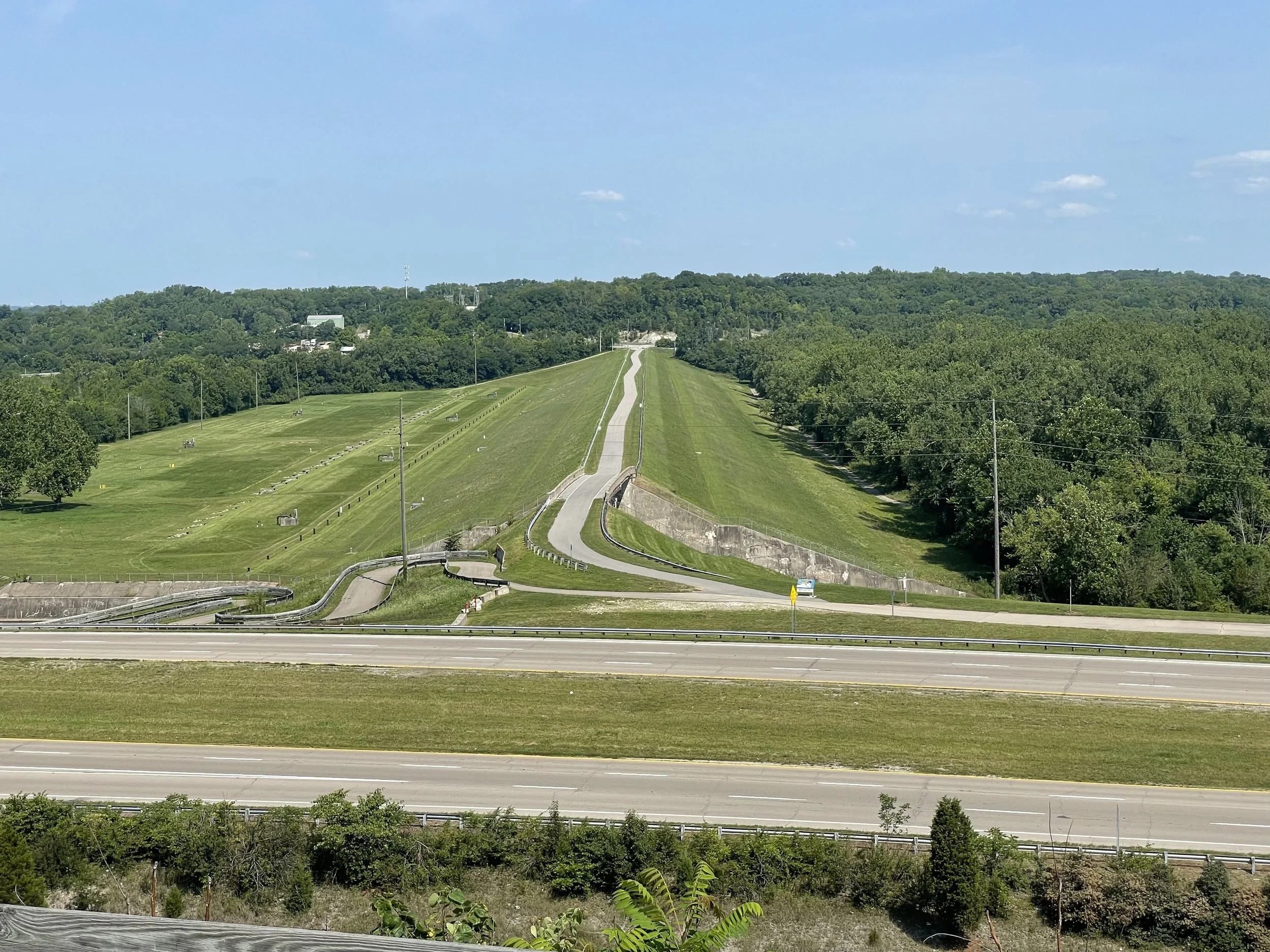3 Wright Brothers Memorials
The story of the Wright Brothers can be divided into three distinct parts:
Research and preparation, which took place in their bicycle shop.
Successful manned flight, which proved that flight was possible.
Building on their earlier design to prove that flight was practical.
These three sites memorialize each of those three stages.
Dayton Aviation Heritage National Historical Park—Ohio
The historical park contains the fourth and final Wright Brothers bicycle shop along with the Dunbar home. The park helps preserve and interpret the stories of all three men. It was in this shop that Orville and Wilbur Wright refined their theories of flight and fabricated the materials that made flight possible.
The Dayton Aviation Heritage National Historical Park was established by congress in 1992 and signed into law by President George H.W. Bush.
Wright Brothers National Memorial—North Carolina
On December 17, 1903, Orville and Wilbur Wright conducted their successful series of manned flights at Kill Devil Hills on North Carolina’s outer banks. These brief, straight-line flights proved that flight was possible.
The site is open year-round to visitors. A memorial tower sits atop Kill Devil Hill overlooking the site, which includes the visitor center, stone markers indicating the length of each flight and a replica of the Wright Brother’s hanger. Inside the visitor center is a scale model of the 1903 Wright Flyer that was assembled under the direction of Orville Wright.
The site was transferred to the National Park Service in 1933 and congress designated the site a national memorial in 1953.
Huffman Prairie Interpretive Center—Ohio
The Huffman Prairie site memorializes the third and most important phase. It was here that the brothers proved flight was practical. Surrounded today by Wright Patterson Air Force base, it overlooks the runway and field where the concepts of maneuvering an aircraft were discovered. It was also the home of the first permanent school of flight.
The site was listed on the National Register of Historic Places in 2016. Despite the location of the monument, it is operated by the National Park Service and open to the public.
For more information:
Dayton Aviation Heritage National Historical Park







